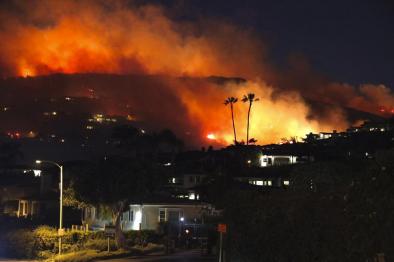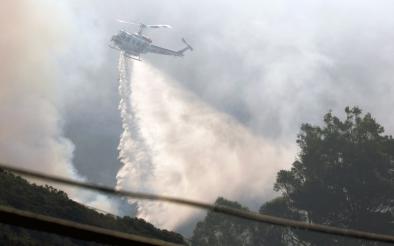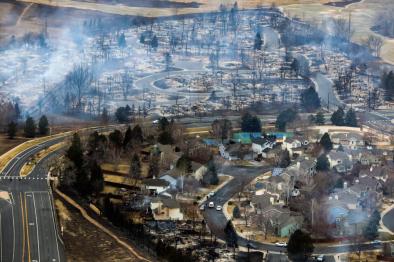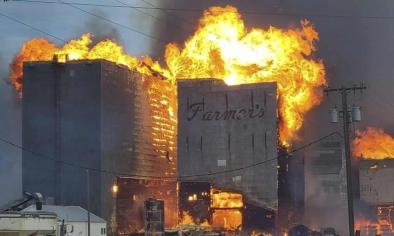Science Source
Human Contribution to the Lengthening of the Growing Season during 1950–99
- Carries out an optimal detection analysis to assess the significance of increases in the growing season length during 1950–99, and to measure the anthropogenic component of the change
- Finds the signal is detectable, both on global and continental scales, and human influence needs to be accounted for if it is to be fully explained
- Finds the change in the growing season length is asymmetric and largely due to the earlier onset of spring, rather than the later ending of autumn
- Finds that the growing season length, based on exceedence of local temperature thresholds, has a rate of increase of about 1.5 days decade−1 over the observation area
- Finds that local variations also allow for negative trends in parts of North America
- The analysis suggests that the signal can be attributed to the anthropogenic forcings that have acted on the climate system and no other forcings are necessary to describe the change
- Model projections predict that under future climate change the later ending of autumn will also contribute significantly to the lengthening of the growing season, which will increase in the twenty-first century by more than a month
- Concludes that such major changes in seasonality will affect physical and biological systems in several ways, leading to important environmental and socioeconomic consequences and adaptation challenges
Related Content
Headline

Feb 11, 2022 | Climate Nexus Hot News
Fires Burn In Hot, Dry Southern California, In February
Headline

Jan 24, 2022 | Reuters
Firefighters gaining control of wildfire that closed scenic California highway
Event

Jan 5, 2022
Marshall Fire December 2021
Headline

Dec 7, 2021 | The Guardian
Winter heatwave breaks records in four US states


